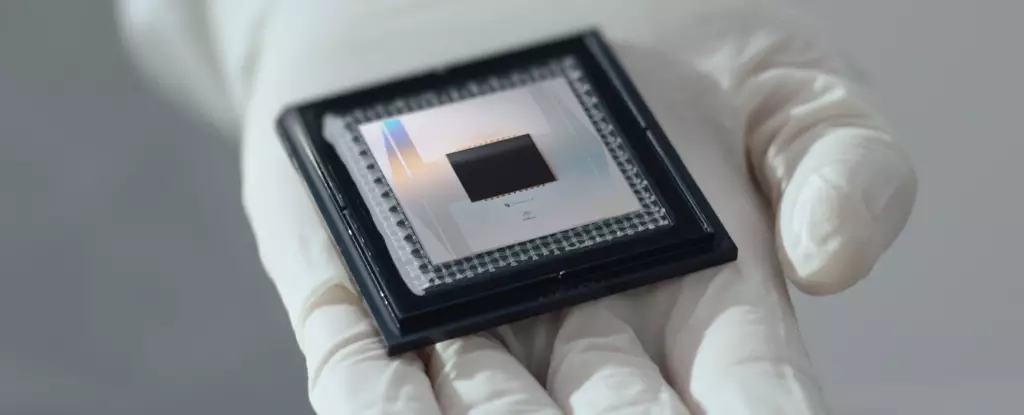The pursuit of functional quantum computing has captured the imagination of scientists and technologists alike, given its potential to revolutionize the computational landscape. Quantum computers leverage the unique properties of qubits—devices that can exist in multiple states simultaneously—aiming to tackle complex problems far beyond the capabilities of classical computers. However, the significant challenge that overshadows this promising technology is the inherent instability and error-prone nature of qubits. This article delves into the challenges and breakthroughs illustrated by Google’s newly announced quantum chip, Willow, and the implications it holds for the future of quantum computing.
At the heart of quantum computing lies the qubit, a fundamental unit of quantum information capable of representing not just the binary states of 0 or 1, but also a superposition of both. This unique feature positions quantum computers to solve certain problems at unprecedented speeds, yet it is also what makes them exceptionally fragile. Environmental factors can easily disrupt qubit states, leading to errors that can drastically affect computations’ reliability.
Traditional quantum systems have demonstrated around 99.9% reliability, though this remains perilously short of the one in a trillion error rate necessary for practical applications. As researchers continue to grapple with this issue, various error detection and correction methodologies have been put forward. The limitations of current systems, which often succumb to errors every few seconds, highlight a critical need for innovation in error handling.
Google’s Willow quantum chip emerges as a significant advancement in the realm of error mitigation. This chip has achieved a notable milestone: the stability of a single logical qubit, with errors occurring approximately once per hour. This groundbreaking achievement signifies a massive leap forward from its predecessors, which suffered from errors at a much higher frequency. The innovation behind Willow lies not only in its architecture but also in the sophisticated error-correcting algorithms that accompany it.
The structure of Willow is designed around a lattice of physical qubits—105 to be precise. Central to its success is a concept known as scalable error correction, which aims to enhance qubit performance through the correlation of multiple qubits. As the number of physical qubits used for error correction expands, the performance of logical qubits improves exponentially, exemplifying the work of Google scientists Michael Newman and Kevin Satzinger. Previously limited models are now evolving past this threshold, suggesting that practical quantum systems could soon be on the horizon.
Despite Willow’s promising results, challenges remain on the road to achieving fully operational quantum computers. The current gap between the desired one-in-a-trillion error rate and the existing one-in-a-thousand performance remains a formidable hurdle. Researchers recognize that merely improving hardware or the number of qubits used will not suffice in achieving truly practical systems. Instead, a comprehensive approach combining better technology, advanced algorithms, and innovative designs is crucial.
In addition to its stability boost, the Willow chip demonstrates an astonishing capability—completing specific quantum tasks that would take an orthodox supercomputer an unfathomable 10 septillion years in just five minutes. While these benchmarks serve primarily as theoretical exercises rather than immediate practical applications, they undeniably illustrate the potential power of quantum computing.
The development of Willow is more than a technical triumph; it encapsulates nearly three decades of research aimed at effective quantum error correction. As technology evolves, the possibility of large-scale quantum applications grows more tangible, encouraging further exploration and investment in quantum systems. Researchers remain committed to addressing the challenges inherent in quantum technology, fostering a spirit of collaboration and innovation that could ultimately yield the types of breakthroughs needed to transform industries.
While the Willow chip represents a pivotal development in the field, the journey of quantum computing is far from complete. Understanding and mitigating errors will be central to advancing this technology, but with the promising examples set by Google and other pioneers in the field, the horizon for quantum computing is looking increasingly robust. The collective efforts of researchers may well lead us into a new era where quantum computing becomes an integral tool in solving some of the most complex problems facing humanity.


Leave a Reply